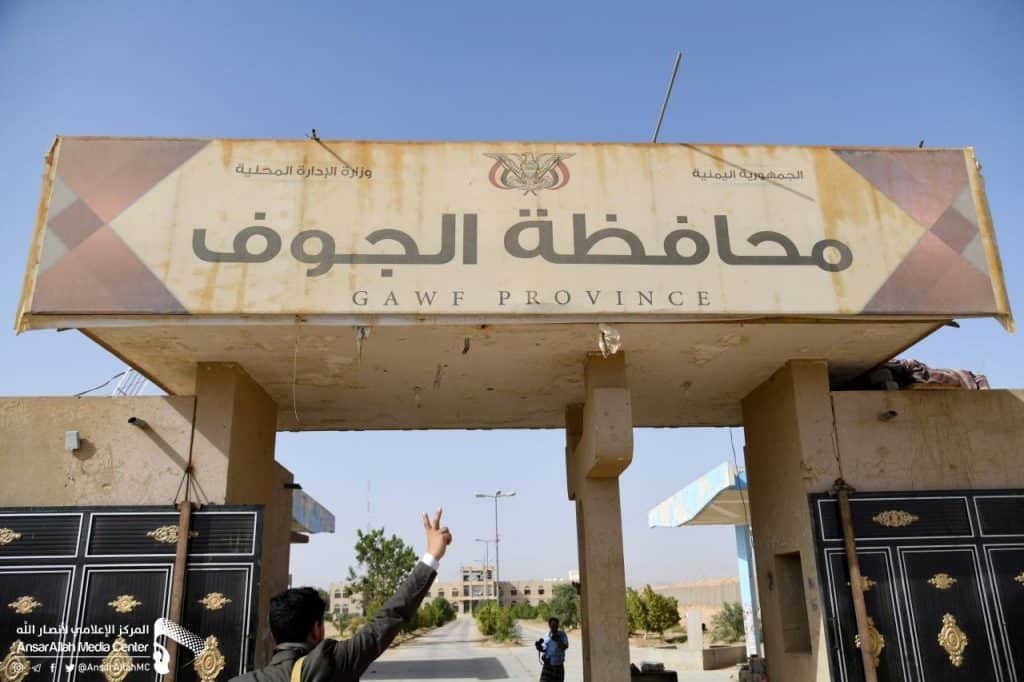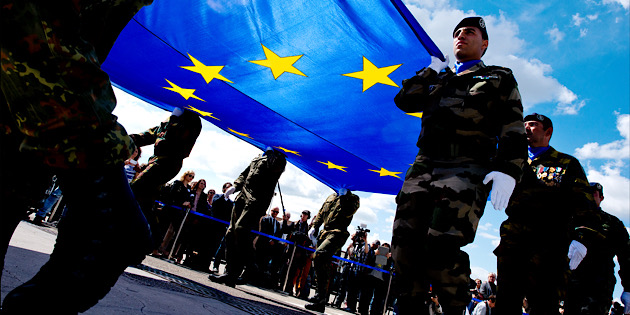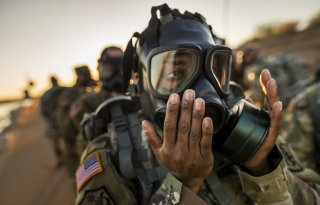BYANUPAM MANUR AND ROHAN SETH
Energy security is a strategic imperative for India, given its strong growth aspirations. As the country does not have self-sustaining oil production, it is almost entirely dependent on imports for its energy requirements. In such a scenario, having an insurance policy, such as a strategic petroleum reserve (SPR), is in India’s national interest. SPR refers to holding oil inventories or stockpiles to help maintain national security during an energy crisis.
To ensure that India’s SPR provides oil security and mitigates risk, we propose the following policy recommendations:
For mitigating costs and improving benefits, the Union Government should have formal rules and processes to ensure oil remains available in times of emergency. This requires formalising the mobilising processes of the SPR and defining the authority which can command a withdrawal of the SPR. This also involves a mobilisation plan for oil held by petroleum refineries in India.












